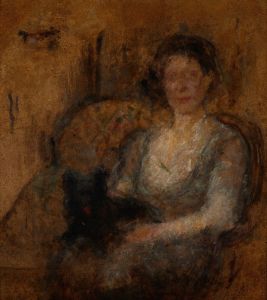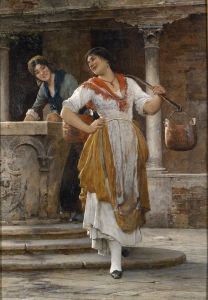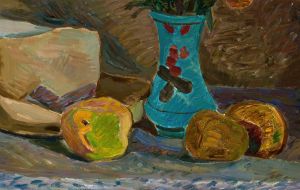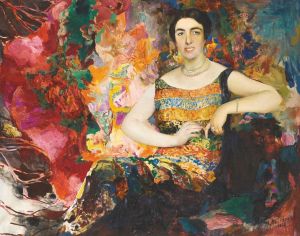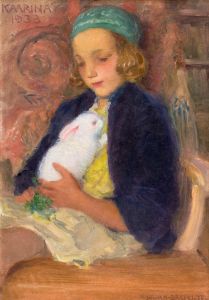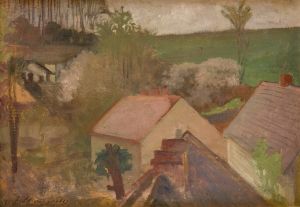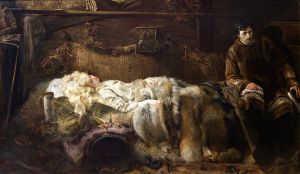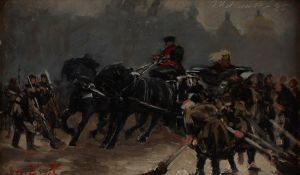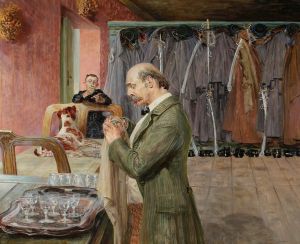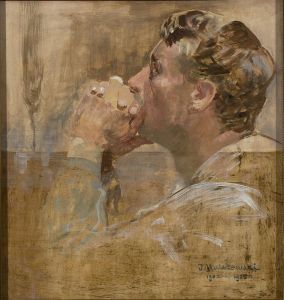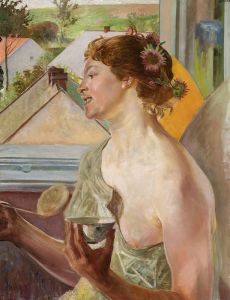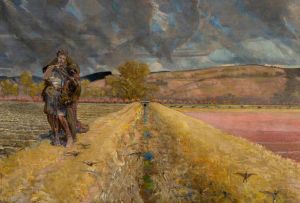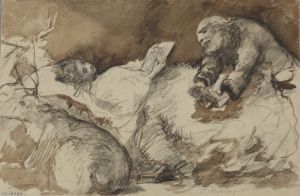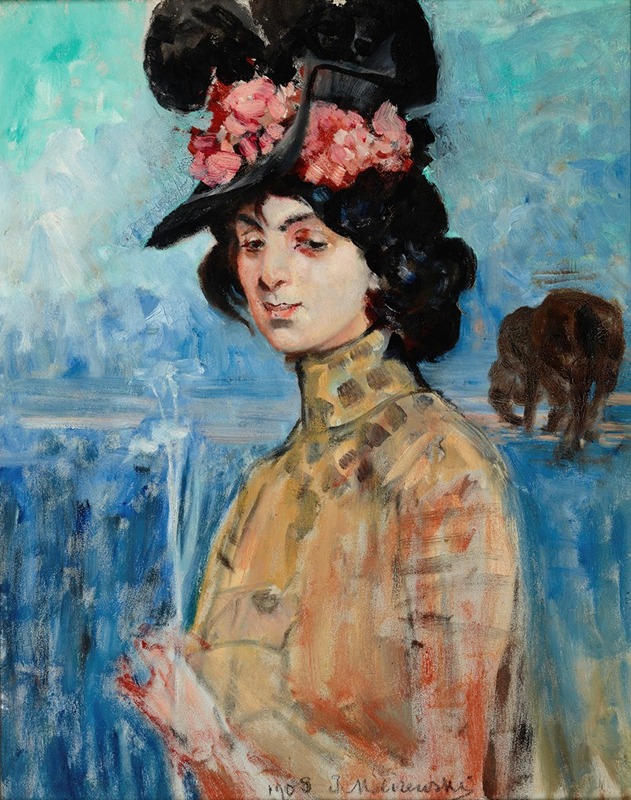
Portrait of Zofia Atteslander
A hand-painted replica of Jacek Malczewski’s masterpiece Portrait of Zofia Atteslander, meticulously crafted by professional artists to capture the true essence of the original. Each piece is created with museum-quality canvas and rare mineral pigments, carefully painted by experienced artists with delicate brushstrokes and rich, layered colors to perfectly recreate the texture of the original artwork. Unlike machine-printed reproductions, this hand-painted version brings the painting to life, infused with the artist’s emotions and skill in every stroke. Whether for personal collection or home decoration, it instantly elevates the artistic atmosphere of any space.
Jacek Malczewski, a prominent Polish painter associated with the Symbolist movement, created the "Portrait of Zofia Atteslander" in the early 20th century. Malczewski, born in 1854 in Radom, Poland, is renowned for his unique style that blends realism with symbolic and allegorical elements, often reflecting on Polish national identity and existential themes. His works frequently explore the interplay between the spiritual and the earthly, a characteristic evident in many of his portraits.
The subject of this particular painting, Zofia Atteslander, was a notable figure in Malczewski's life and artistic circle. She was known to be one of his muses and a part of the vibrant cultural milieu in which Malczewski operated. The portrait captures Atteslander with a sense of depth and introspection, characteristic of Malczewski's approach to portraiture, where he often sought to reveal the inner life and personality of his subjects.
In the "Portrait of Zofia Atteslander," Malczewski employs a rich color palette and meticulous attention to detail, which are hallmarks of his style. The painting reflects his ability to convey not just the physical likeness of his subjects, but also their psychological and emotional states. This approach aligns with the Symbolist movement's emphasis on expressing ideas and emotions through symbolic imagery and nuanced detail.
Malczewski's work, including this portrait, often features a blend of realism and fantasy, inviting viewers to engage with the deeper meanings and narratives embedded within the artwork. His portraits are not merely representations of individuals but are imbued with layers of symbolism and allegory, reflecting broader themes of identity, mortality, and the human condition.
The "Portrait of Zofia Atteslander" is an example of Malczewski's skill in capturing the essence of his subjects while also embedding them within a larger symbolic framework. This painting, like many of his works, can be seen as a reflection of the cultural and historical context of Poland during his lifetime, a period marked by political upheaval and a search for national identity.
Malczewski's contribution to Polish art is significant, as he is considered one of the leading figures of the Young Poland movement, which sought to rejuvenate Polish art and culture at the turn of the 20th century. His works continue to be celebrated for their innovative approach and profound impact on the development of modern Polish art.
The "Portrait of Zofia Atteslander" remains an important piece within Malczewski's oeuvre, exemplifying his mastery of portraiture and his ability to convey complex emotional and symbolic content through his art. Today, Malczewski's works are held in high regard and can be found in major art collections and museums, where they continue to be studied and appreciated for their artistic and historical significance.





